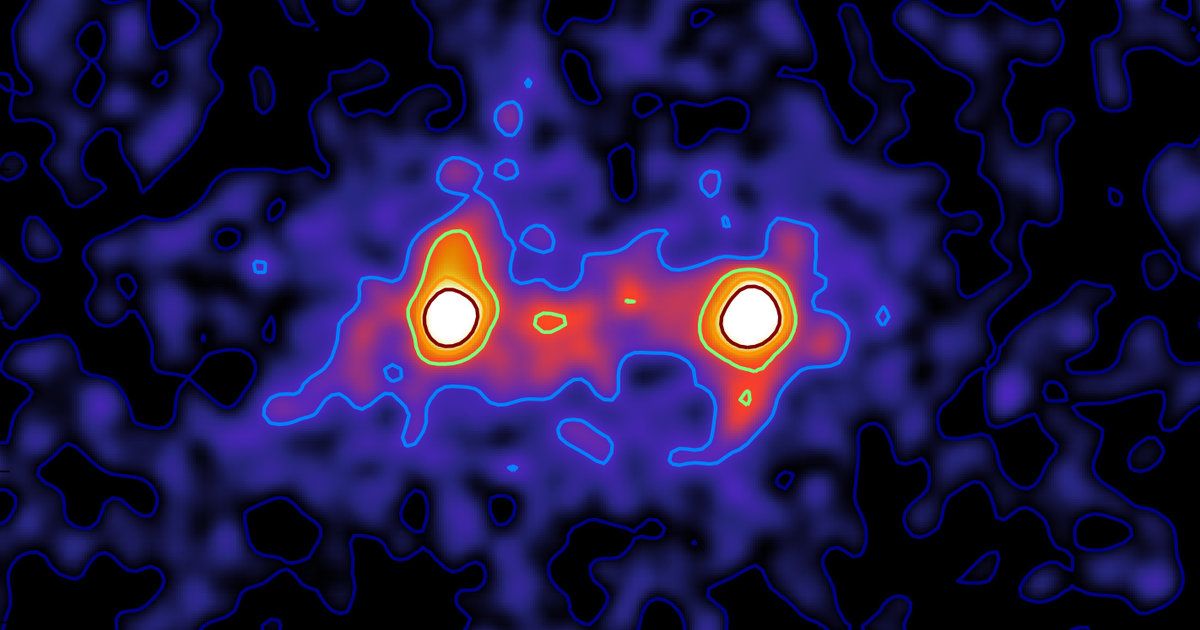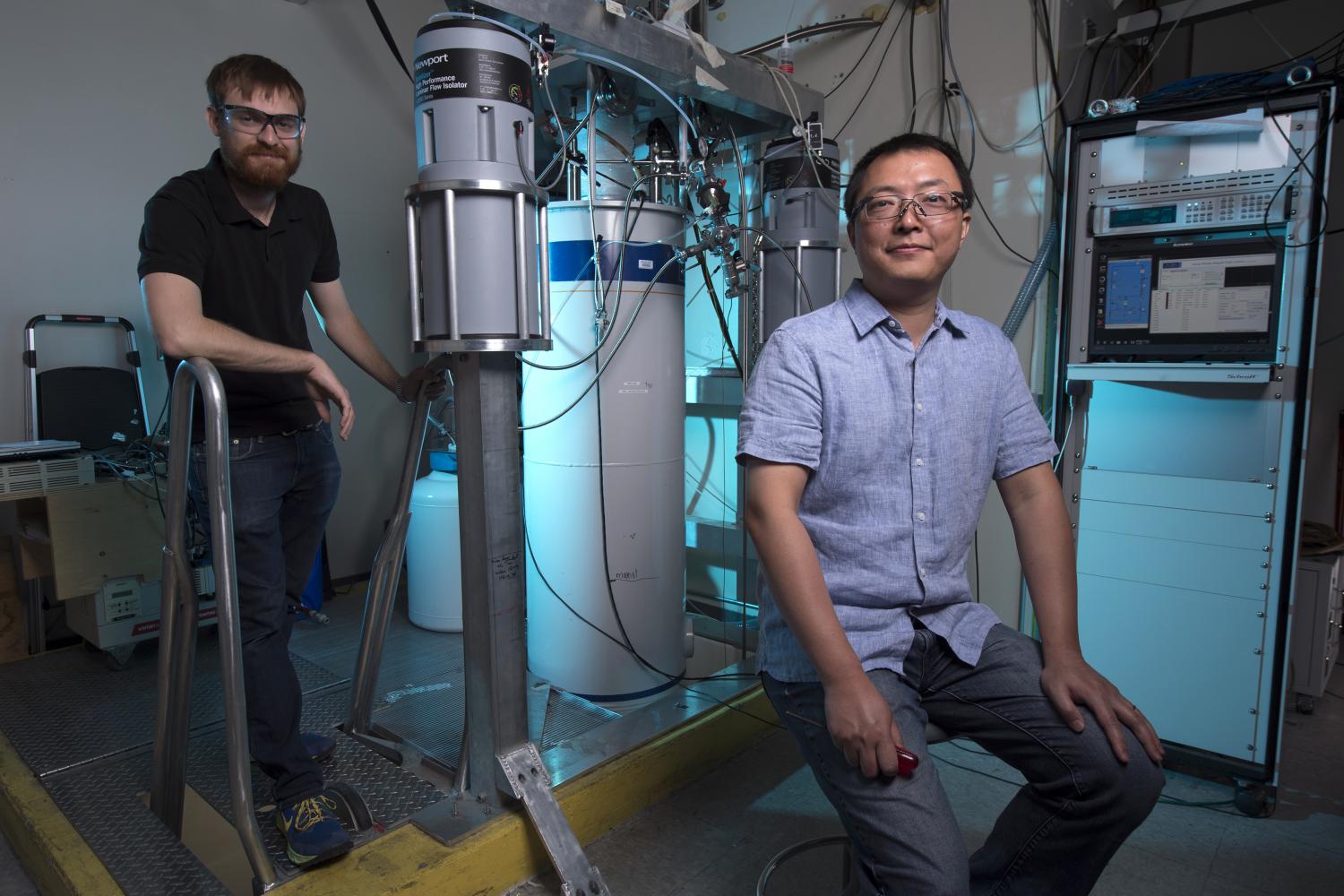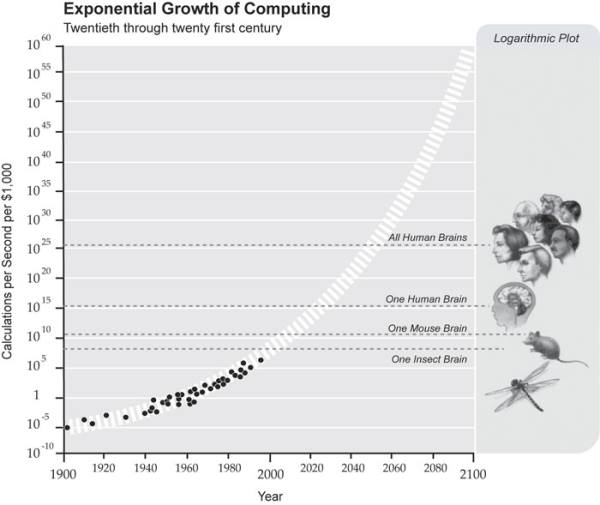Archive for the ‘computing’ category: Page 700
May 10, 2017
Quantum Computing Demands a Whole New Kind of Programmer
Posted by Shailesh Prasad in categories: computing, quantum physics
Quantum computers finally seem to be coming of age with promises of “quantum supremacy” by the end of the year. But there’s a problem—very few people know how to work them.
The bold claim of achieving “quantum supremacy” came on the back of Google unveiling a new quantum chip design. The hyperbolic phrase essentially means building a quantum device that can perform a calculation impossible for any conventional computer.
In theory, quantum computers can crush conventional ones at important tasks like factoring large numbers. That’s because unlike normal computers, whose bits can either be represented as 0 or 1, a quantum bit—or “qubit”—can be simultaneously 0 and 1 thanks to a phenomenon known as superposition.
Continue reading “Quantum Computing Demands a Whole New Kind of Programmer” »
May 10, 2017
The UN Could Help 80 Million People Each Year With Blockchain
Posted by Shailesh Prasad in categories: bitcoin, computing, cryptocurrencies, food, transportation
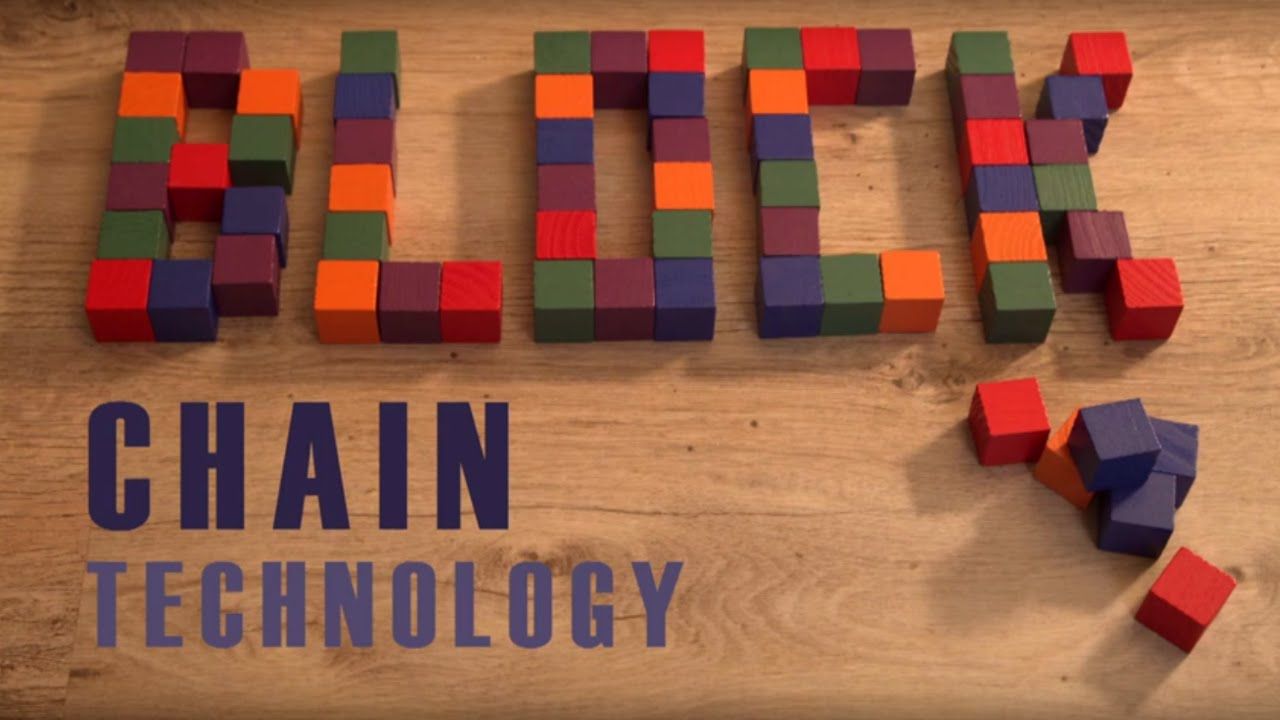
- The UN will be using the blockchain Ethereum to distribute funds from the World Food Program to more than 10,000 people in Jordan this summer.
- The computer network is making humanitarian giving simpler and more secure than ever.
Technology has the power to improve people’s lives — and not just by supplying flying cars to millionaires. The computer networks that brought us Bitcoins are advancing in ways that will make humanitarian giving simpler and more secure than ever.
May 10, 2017
Blockchain Tech Has Never Been More Valuable or More Ready for World Domination
Posted by Shailesh Prasad in categories: bitcoin, computing, cryptocurrencies
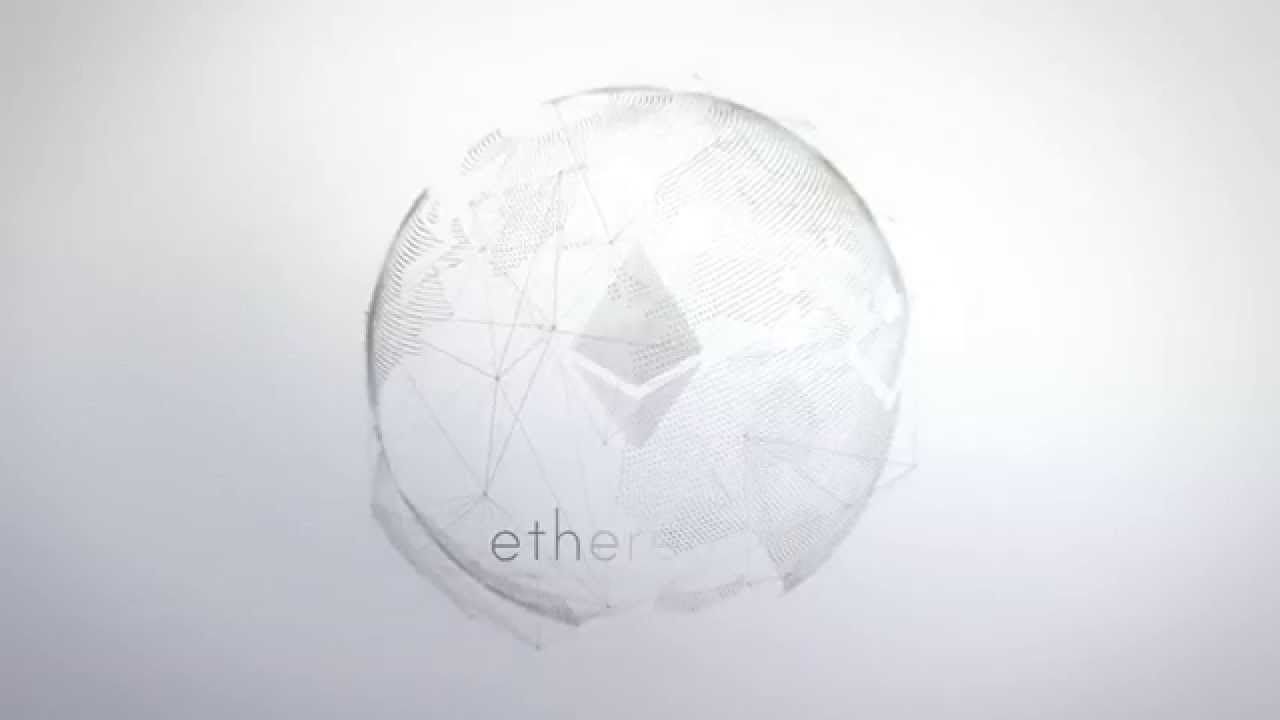
Blockchain, which serves as the underlying infrastructure for Bitcoin, is form of cryptocurrency that has become increasingly popular and experienced all-time high values in the last few months. One blockchain developer, Ethereum, has seen an all-time high in value: in recent weeks it’s topped out trading at over $40 per share.
May 10, 2017
On board a racing drone for a tour of the CERN Data Centre
Posted by Roman Mednitzer in categories: computing, drones
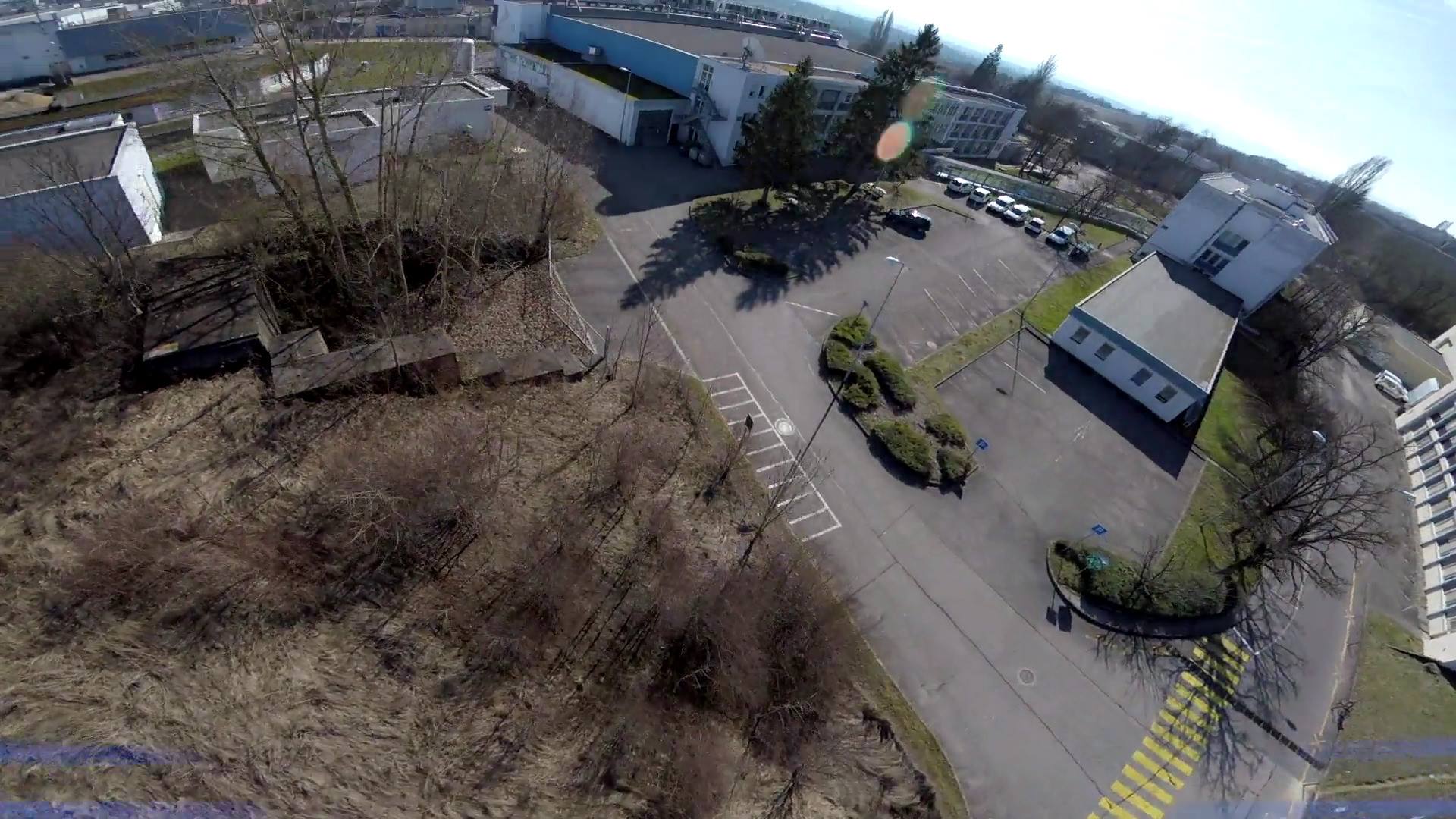
Watch footage from when world champion drone pilot Chad Novak took off in CERN Data Centre.
Video produced by: CERN Video Productions
Director: Mike Struik
Camera: Chad Nowak
Copyright © 2017 Terms of use: http://copyright.web.ch/
May 9, 2017
The Four Technologies That Are Turning Our World Into the Future
Posted by Joseph Anoop George in categories: computing, engineering, space travel
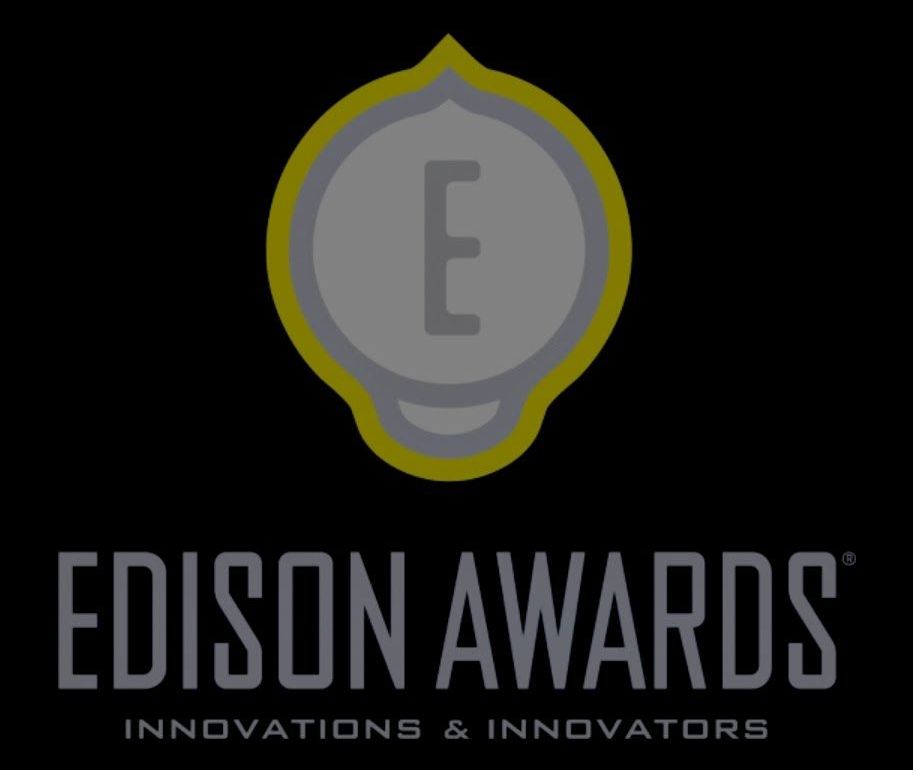
Each year, the world’s greatest innovators and inventors gather for the Edison Awards to celebrate “game-changing” developments in technology, engineering, marketing, and design. Here are just some of the innovations that are already transforming our world.
Each year, innovators from across the globe trade in their lab coats and laptops for ties and gowns to honor the nominees at the Edison Awards ceremony in New York City. Over the past three decades, the awards have highlighted the most innovative products and people in science. Last year’s honorees featured Alan Stern, Principal Investigator of NASA’s New Horizons mission to Pluto.
Continue reading “The Four Technologies That Are Turning Our World Into the Future” »
May 7, 2017
NASA is offering a $15,000 prize if you can speed up its simulation code
Posted by Dan Kummer in categories: computing, transportation
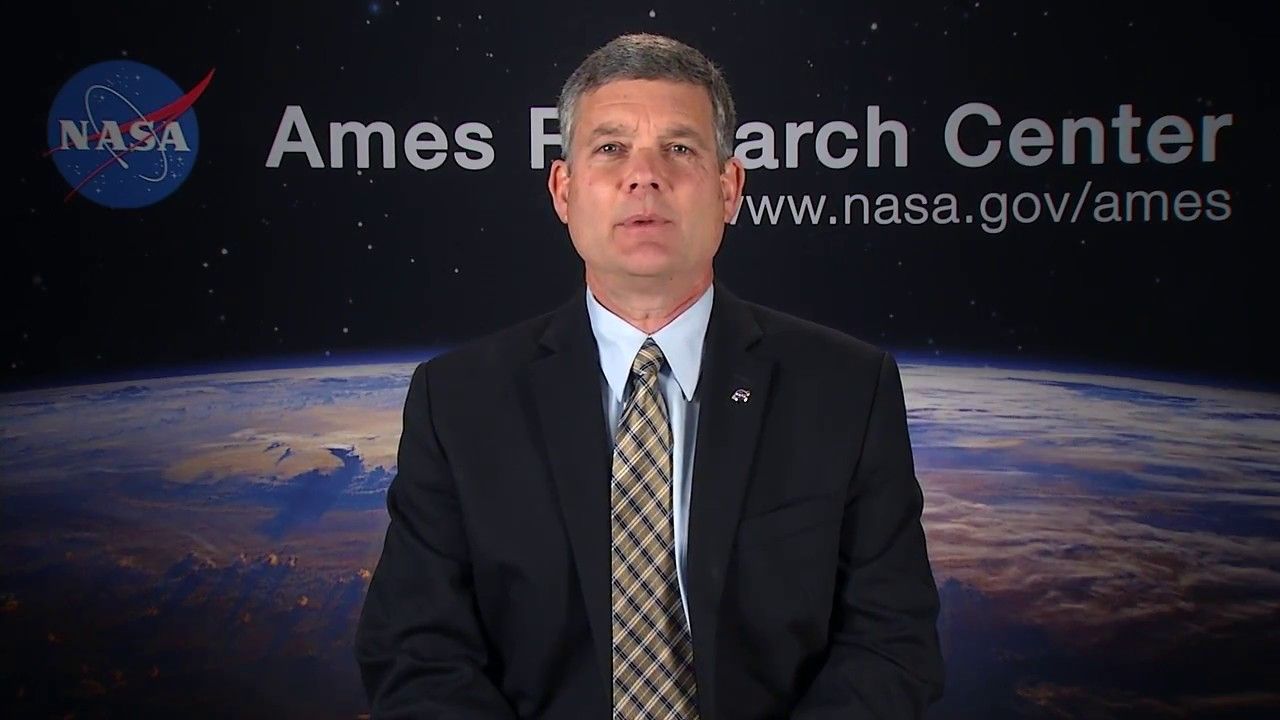
NASA just announced several bounties to improve its FUN3D software, which is used to simulate fluid dynamics. The system is used internally at NASA, as well as by companies like Boeing and Lockheed, to develop and optimize new vehicles and engines.
The FUN3D project was started back in the 1980s, and it has been in active development for decades, but NASA’s looking for help to optimize the code. It’s offering $15,000 and $10,000 prizes to the top two contributors of code optimizations, and is also offering another bounty for more general optimization suggestions.
Continue reading “NASA is offering a $15,000 prize if you can speed up its simulation code” »
May 4, 2017
Astronomers Capture the First ‘Image’ of the Dark Matter That Holds the Universe Together
Posted by Andreas Matt in categories: computing, cosmology
For decades, scientists have tracked hints of a thread-like structure that ties together galaxies across the universe. Theories, computer models, and indirect observations have indicated that there is a cosmic web of dark matter that connects galaxies and constitutes the large-scale structure of the cosmos. But while the filaments that make up this web are massive, dark matter is incredibly difficult to observe.
Now, researchers have produced what they say is the first composite image of a dark matter filament that connects galaxies together.
“This image moves us beyond predictions to something we can see and measure,” said Mike Hudson, a professor of astronomy at the University of Waterloo in Canada, co-author of a new study published in the Monthly Notices of the Royal Astronomical Society.
May 3, 2017
Physicists design 2-D materials that conduct electricity at almost the speed of light
Posted by Shailesh Prasad in categories: computing, particle physics, quantum physics
Physicists at the University of California, Irvine and elsewhere have fabricated new two-dimensional quantum materials with breakthrough electrical and magnetic attributes that could make them building blocks of future quantum computers and other advanced electronics.
In three separate studies appearing this month in Nature, Science Advances and Nature Materials, UCI researchers and colleagues from UC Berkeley, Lawrence Berkeley National Laboratory, Princeton University, Fudan University and the University of Maryland explored the physics behind the 2-D states of novel materials and determined they could push computers to new heights of speed and power.
The common threads running through the papers are that the research is conducted at extremely cold temperatures and that the signal carriers in all three studies are not electrons — as with traditional silicon-based technologies — but Dirac or Majorana fermions, particles without mass that move at nearly the speed of light.


